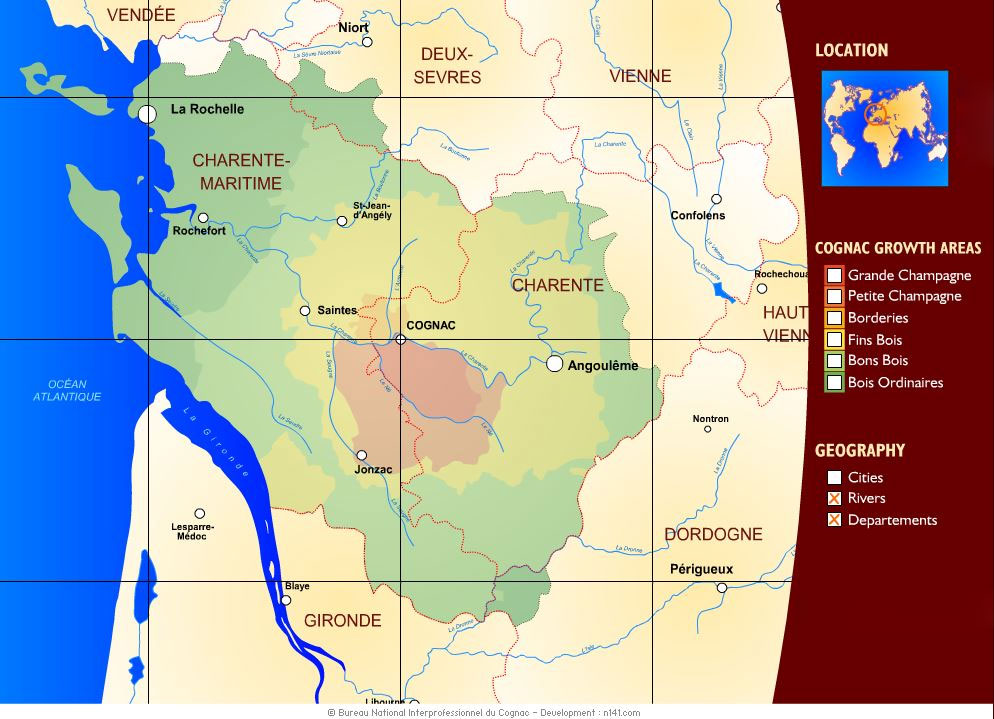Cognac, a region located in southwestern France, is world-renowned for its prestigious brandies, known simply as “cognac.” The region has been producing cognac since the 17th century, and it has become a symbol of luxury and fine taste around the world. With its rich history of viniculture, distillation, cellar mastering, and international trade, the Cognac region is widely recognized as a living historical site. In recent years, the Cognac region has applied to become a UNESCO World Heritage Site.
The region of Cognac, known worldwide for its prestigious brandies, is currently making increased efforts to become a UNESCO World Heritage Site. With a rich history dating back to the 17th century, the region’s prominence in viniculture, distillation, cellar mastering, and international trade has already earned it recognition as a living historical site. In 2012, a steering committee was established to explore the idea of submitting Cognac’s application for designation, including representatives from various regions, the National Inter-Professional Cognac Bureau, and the Regional Tourism Committee. Recently, an association called “Les Savoir-faire du cognac” provided documents to UNESCO in support of Cognac’s application, which could further recognize the region’s cultural heritage and vibrancy. Significant efforts to have been made by Cognac to be recognized as a UNESCO World Heritage Site.
In 2012, a steering committee was established to explore the idea of submitting Cognac’s application for this designation. The committee included representatives from various regions in France, including Pays Charente-Maritime, Saintonge Romanesque, Haute-Saintonge, and Charente-Maritime, as well as the National Inter-Professional Cognac Bureau (BNIC) and the Regional Tourism Committee (CRT) The Val de Saintonge.
A UNESCO world heritage site designation would further recognize the rich history and current vibrancy of the Cognac region. Although the application process has been ongoing, Cognac is still awaiting official recognition from UNESCO. According to hypotheses.org, an association called “Les Savoir-faire du cognac” recently provided documents to UNESCO in consideration of Cognac’s application, including the know-how and history of cognac production in the region.
If Cognac were to be recognized as a UNESCO World Heritage Site, it would bestow international recognition upon generations of Cognac winegrowers, producers, cellar masters, bottlers, coopers, and others who have contributed to the prestige and growth of the region. Other UNESCO World Heritage Sites include the Champagne Hillsides, Houses, and Cellars, which were designated as a WHS.
In conclusion, the Cognac region has been a major contributor to the global luxury market for centuries, and its cultural significance cannot be overstated. The region’s application to become a UNESCO World Heritage Site is a testament to its enduring importance, and we can only hope that it will receive the recognition it so rightly deserves.

